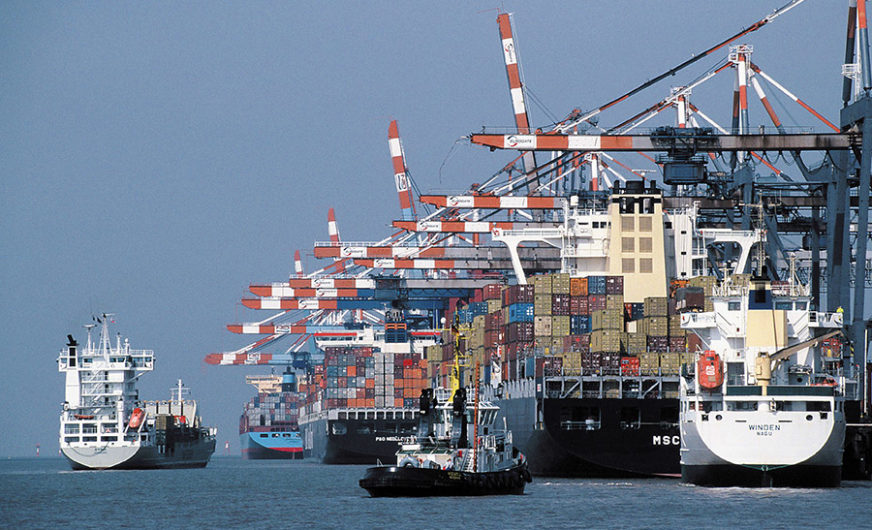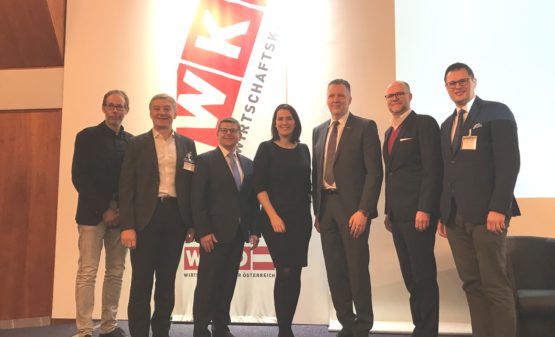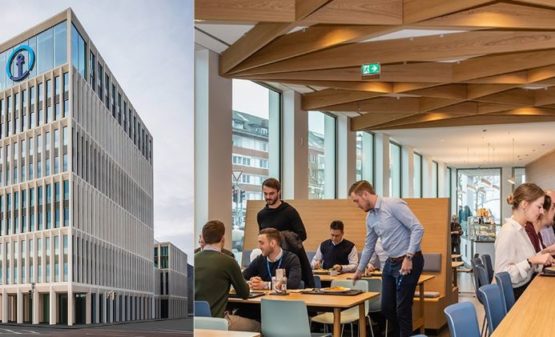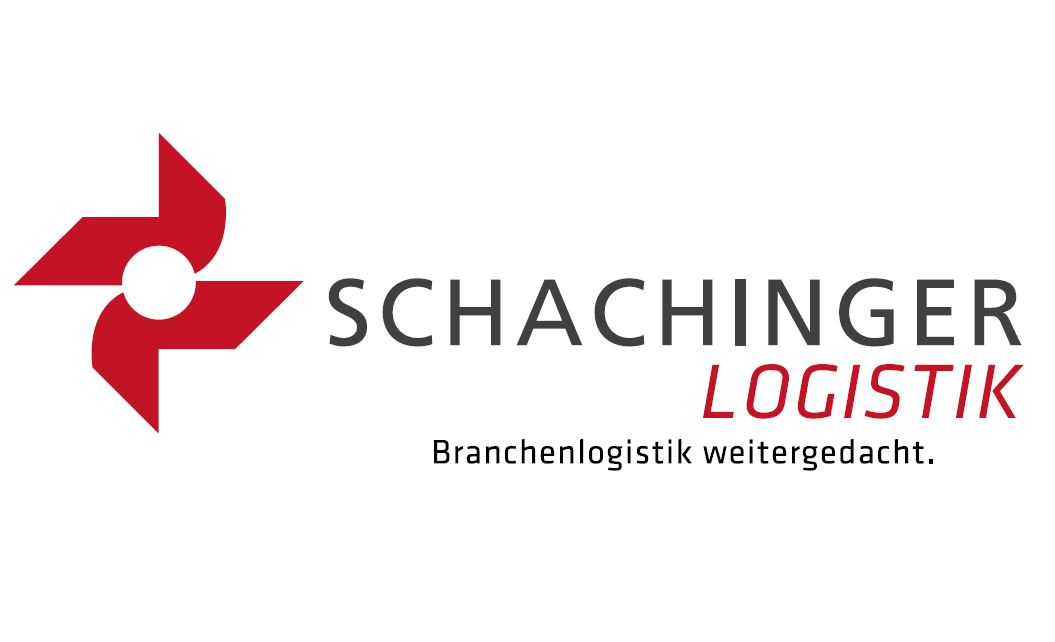Following to a first estimation last December, the Bremen ports now published exact figures of sea cargo throughput in 2015. As the Bremen Senate for economy, labour and ports announced on 11 March, total throughput in Bremen and Bremerhaven declined 6.2 per cent last year.
Whereas the terminals in the two city-state handled 78.3 million tonnes of goods in 2014, it was not more than 73,4 million tonnes in 2015.
“Some industrialised and emerging countries still had to face massive economic and/or political crises”, said Martin Günthner, Port Senator. “This meant a considerable burden on the business at the quays in 2015. Nevertheless, the Bremen ports competed quite well in a period of big economic insecurity. Other sites – also in Germany – had to face bigger problems.”
In the general cargo segment – container plus conventional cargo – the Bremen/Bremerhaven port group handled 63.2 million tonnes in 2015, down7.2 per cent from 68. In contrast, bulk cargo, which is mainly handled in the city of Bremen, increased from 10.2 to 10.3 million tonnes, up 0.5 percent.
Last year the Bremen ports handled 8 million tonnes of conventional – non-containerised – cargo. This is a year-on-year decline of 3.1 percent on 2014 (8.2 million tonnes). There was a fiercer decline in the container segment, the core business of the twin-ports concentrated onBremerhaven: Throughput was down 4.3 per cent from 5.8 to 5.5 million TEU.
Port Senator Martin Günthner was very satisfied with the final figures of vehicle throughput, where Bremerhaven underlined its leading international position. In 2015 2,254,938 vehicles were handled at the Weser port. Thus, the location just fell short of its 2014 record result (2.269.512) – showing a decrease of less than 15,000 vehicles or 0.6 percent.
Looking at the development of conventional cargo, 2015 showed various developments. While receipt of fruits fell from 134,000 to 117,000 tonnes (down 12.7%), the volume of forest products rose from 484,000 to 527,000 tonnes (up 8.9%). Iron and steel products declined from 2.2 to 2.1 million tonnes (-4.2%).
The terminal operators in Bremerhaven handled 60.7 million tonnes of cargo (2014: 65.4 million tonnes, down 7.2%). The seaport logistics providers in Bremen City transhipped 12.7 million tonnes (2014: 12.9 million tonnes), a decline of 1.0 percent.
The number of commercial vessels calling the twins ports in 2015, dropped 1.8 percent from 7,379 to 7,244 vessels.
Apart from these developments in throughput volume, Senator Martin Günthner emphasized on the positive trend in the port hinterland transport, which has been developing more dynamically for several years than it can be expected given the throughput volumes. “In terms of modal split of hinterland container traffic, Bremerhaven with a 46.6 percent railway share is Europe’s leading rail port,” said the Senator. In 2015 they transported a total of 1.1 million TEU by rail from and to Bremerhaven and the number of container trains continued to rise by 1.1 percent.
In total, the Bremerhaven seaport recorded 29,500 incoming and outgoing trains. The weekly average was thus 569 freight trains and during the peak week even 640. 55 percent of these trains carried containers, 42 percent cars and 3 percent other products, such as bananas.
Also in 2016, the development in the major European ports was connected to risks, said the Port Senator, naming the recent – higher than average- drops in Chinese foreign trade and the low price of oil, with its destabilizing effect on the economy of emerging countries, as examples.









